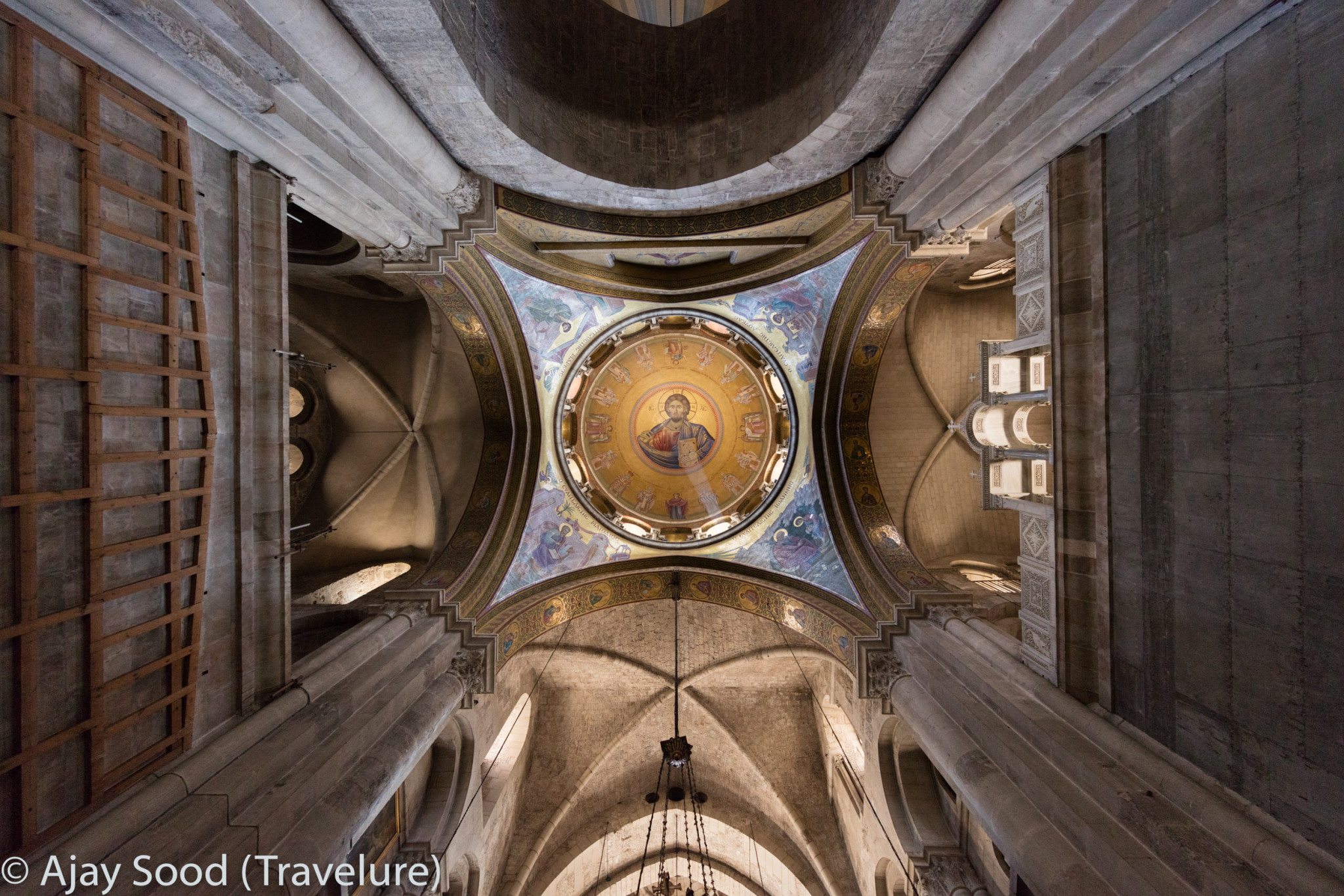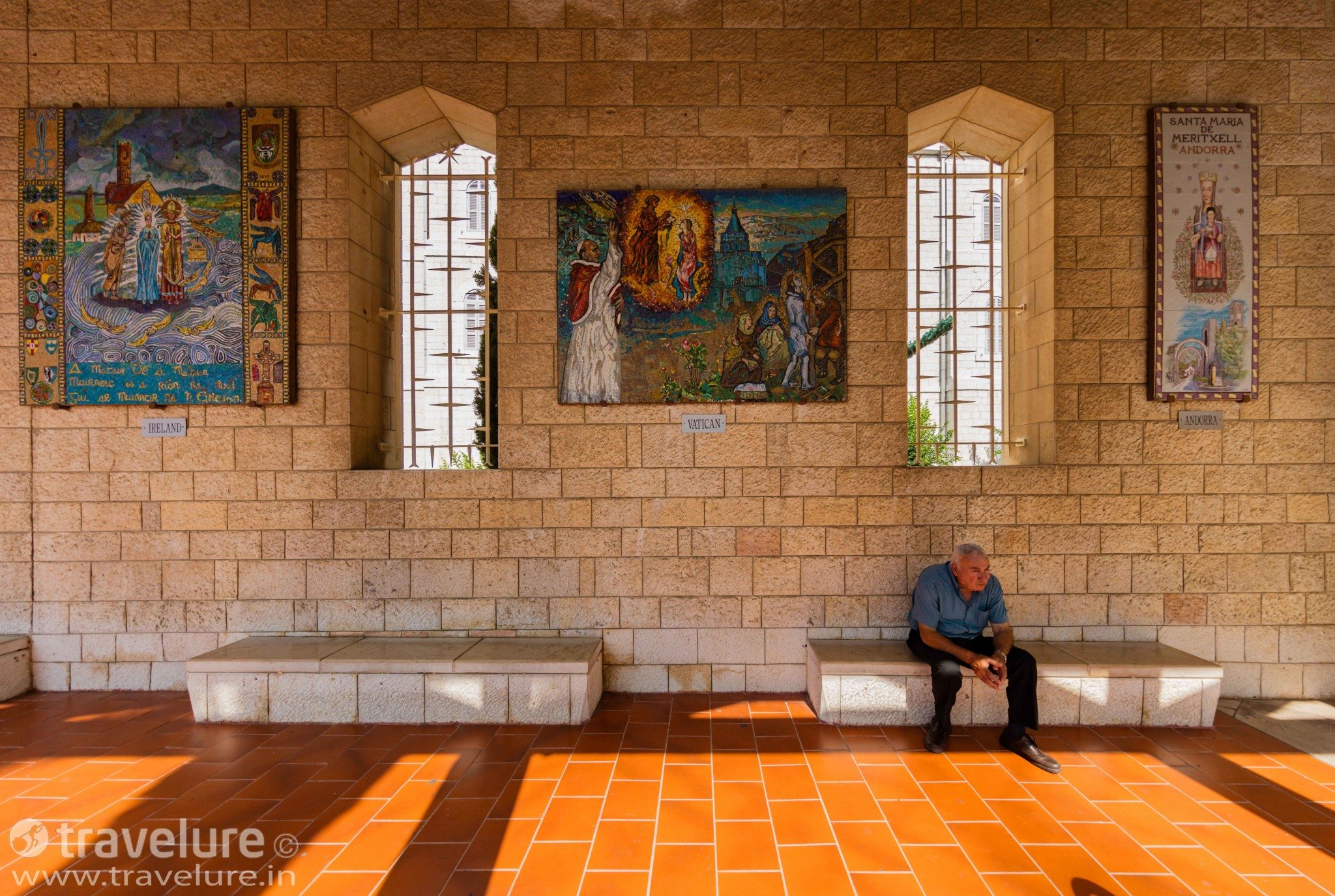Khusro Bagh Allahabad – A Lesser-Known Chapter of Mughal History
A few months back, I had visited Khusro Bagh in Prayagraj (erstwhile Allahabad), a sprawling garden spread over forty acres. Little did I know then that I was visiting a lesser-known chapter from the history of the Mughal Dynasty, a dynasty whose story I know revolves around the triumvirate of Delhi, Agra and Fatehpur Sikri.
Khusro Bagh (Khusro Garden) gets its name from Khusro Mirza, Emperor Jahangir’s son. Besides a few other mausoleums, the garden houses Khusro Mirza’s tomb.

About Khusro Mirza
Akbar had eyes on Khusro Mirza, Jahangir’s charismatic son, as his successor. But destiny had other plans. When Akbar was on his deathbed, Jahangir entered his bed-chamber. Upon laying his eyes on Jahangir, Akbar handed over the royal turban and robe to him.

As soon as Jahangir became the emperor, he placed Khusro Mirza under house arrest. Khusro escaped and tried to mount a siege, but his attempt was pre-empted and foiled by Jahangir. His brother Khurram, who later ascended the Mughal throne as Shahjahan, killed Khusro in captivity.

Tombs in Khusro Bagh
The first tomb built in Khusro Bagh was of Shah Begum (Man Bai), Jahangir’s Hindu wife, and mother of Khusro Mirza. Built in 1607, the tomb is in the centre of the garden, with four prominent walkways emanating from it. Since she was a Hindu, they have modelled the tomb on the Panch Mahal in Fatehpur Sikri, which does not resemble most Islamic tombs.

The second tomb (1622 CE) houses the mortal remains of Khusro Mirza. Mughals brought his body from Burhanpur to Allahabad and erected an opulent tomb as his final resting place next to his mother’s.

The third mausoleum is Nithar Begum’s tomb, Khusro Mirza’s sister. She wanted to be buried next to her mother and brother.
The fourth structure, popular as Bibi Tambolan’s tomb, does not have any sign of a tomb and is just an empty chamber.

Khusro Bagh after Mughals
During the 1857 CE mutiny, Maulvi Liaqat Khan used the garden as the headquarters of the Indian troops stationed in Allahabad. The British were quick to quash the mutiny.

Ever since, the garden is now a popular playground for children, a haven for walkers and joggers, and a shaded place for people to chill during the harsh summers of Prayagraj.
When in Allahabad, plan a visit to Khusro Bagh if Mughal history interests you. It throws light on a bloody chapter of a dynasty known for its forts and palaces, serene mausoleums, and the monument of love, the Taj Mahal.
Pin this Mughal History Chapter!



















